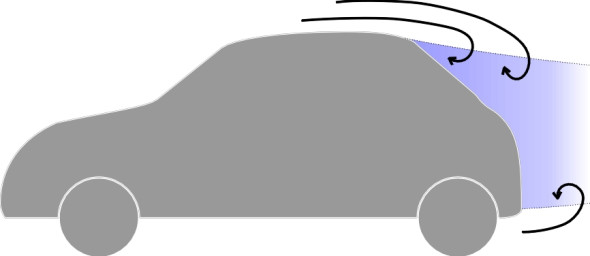- Messages
- 3,175
- Edit My Images
- Yes
EPA rating is standard for all cars. It would be misleading if we quoted EPA rated MPGe for EV and then turned to more relaxed WLTP rating for ICE cars.1 Imperial gallon = 1.2 US gallons, or 1 US gallon = 0.833 Imperial gallons so a car which achieves 30mpg (US) would achieve 36mpg (Imperial)
Also, in the UK the 330i is rated at 40.4-41.5 mpg (Imperial). Using US vehicle data is misleading........
Let's look at real world user submitted average for 330i: 36mpg https://www.honestjohn.co.uk/realmpg/bmw/3-series-g20-2019/330i-automatic
I personally put more trust in the EPA rating.......
No, EV did not quote ideal range. All those tests were done by EPA to their testing standards.Absolutely. Furthermore those figures are probably combined all type driving, and if EV are allowed to quote best condition range i.e. a nice warm, not hot or the AC would be draining power, summer's day shouldnt ICE cars be allowed to quote best conditions i.e. cruising down a motorway. In addition why use a BM 330 which is more performance focused than a 320d for comparison, thereby twisting the figures clearly in favour of the EV. Smoke and mirrors again.
330i was used because that's what came up. It's actually the most efficient 3 series on their website. I highly doubt 320d will give you anywhere near performance of Model 3, so it's hardly a fair comparison. Are you trying to twist the figures in favour of ICE cars?




